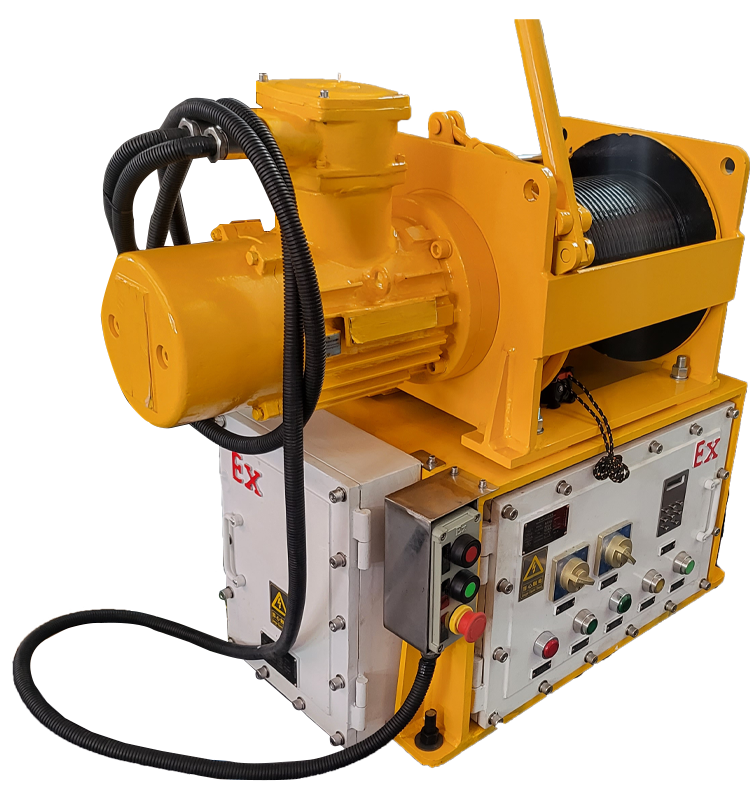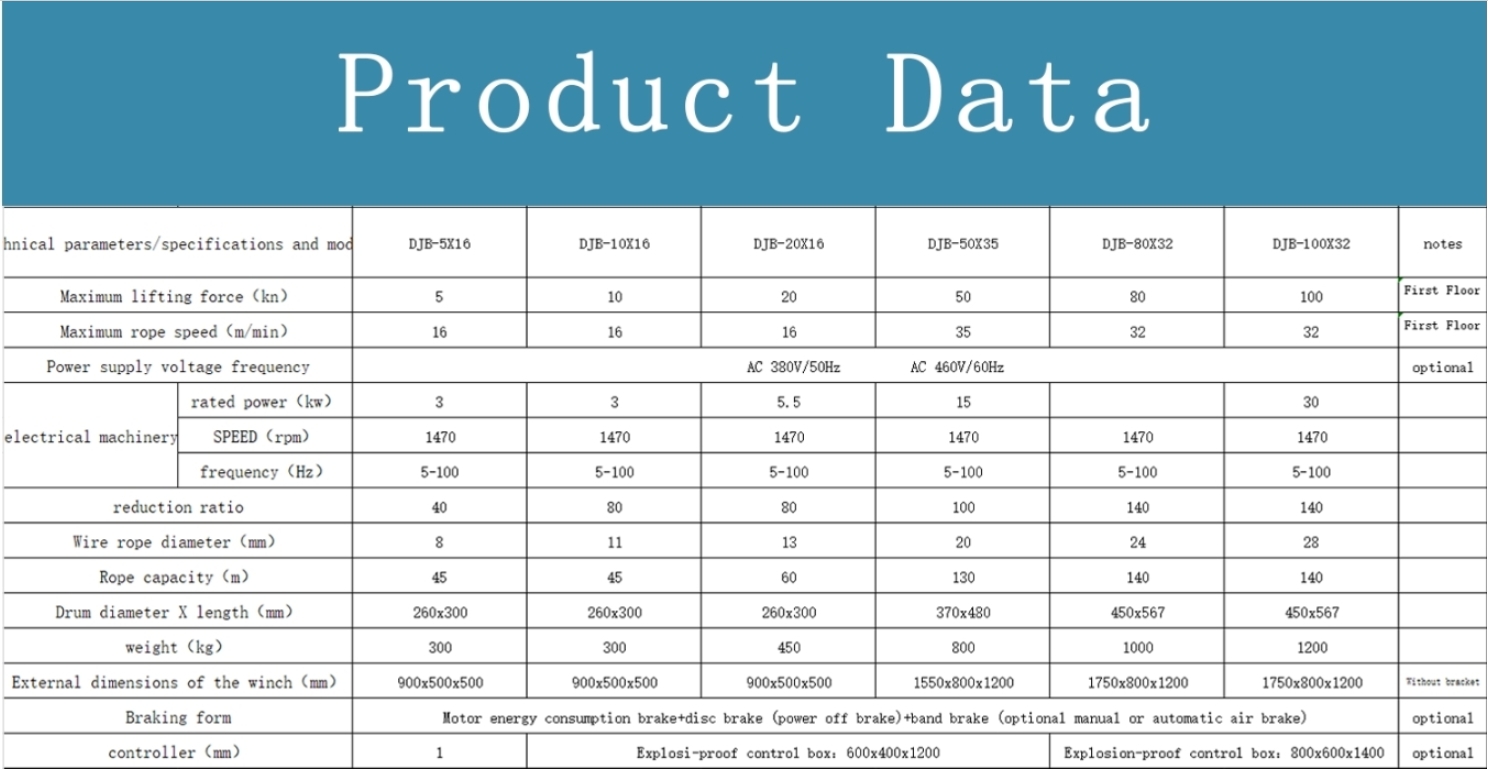 中文版
中文版



Welcome to contact us by phone:0086-0312-7969888
Electric winches come in various speed types to accommodate different applications and user requirements. The speed of an electric winch is typically measured in terms of line speed, which is the rate at which the cable or rope is either wound in or out. Here are several speed types associated with electric winches:
Single Speed Winches:
Single-speed electric winches have a fixed line speed for both winding in and out. They are straightforward to operate and are suitable for applications where a consistent speed is sufficient.
Two-Speed Winches:
Two-speed electric winches offer the flexibility of two selectable line speeds. These winches typically have a higher speed for lighter loads or when speed is a priority and a lower speed for heavier loads that require more power.
Variable Speed Winches:
Variable speed electric winches provide a range of line speeds that can be adjusted continuously. This flexibility allows the operator to precisely control the winch speed based on the specific requirements of the task.
High-Speed Winches:
High-speed electric winches are designed to operate at faster line speeds. These winches are suitable for applications where rapid retrieval or deployment of the cable or rope is essential.
Low-Speed Winches:
Low-speed electric winches are optimized for applications requiring slower line speeds. This is often necessary when handling heavy loads or when precise control is needed.
Infinitely Variable Speed Winches:
Infinitely variable speed winches provide an infinite number of speed options within a specified range. Operators can fine-tune the line speed to meet the exact requirements of the task.
The choice of electric winch speed depends on factors such as the nature of the load, the application, and the operator's preferences. Here are some considerations for selecting the appropriate speed type:
Load Capacity: Choose a speed that aligns with the weight of the load. Higher speeds may be suitable for lighter loads, while lower speeds provide more power for heavier loads.
Control and Precision: Applications that require precise control, especially in delicate or complex maneuvers, may benefit from variable speed or lower-speed winches.
Efficiency: Consider the efficiency of the winching operation. In some cases, a higher speed may improve efficiency, especially in scenarios where rapid line retrieval is important.
Versatility: Two-speed and variable speed winches offer versatility by providing options for different scenarios. They are suitable for users who may encounter a range of load sizes and conditions.
User Preferences: Operator comfort and preferences can also play a role. Some users may prefer the simplicity of single-speed winches, while others may appreciate the flexibility of variable speed options.
It's essential to refer to the manufacturer's specifications and guidelines for the specific electric winch model being used, as the available speed options can vary between models. Additionally, following safety guidelines and regular maintenance practices contribute to the safe and effective use of electric winches.

X